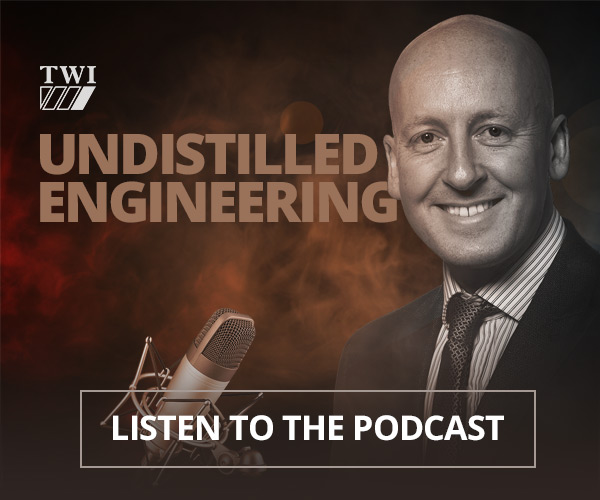Both solidification cracking and hot cracking refer to the formation of shrinkage cracks during the solidification of weld metal, although hot cracking can also refer to
liquation cracking.

Solidification cracks can appear in several locations, and orientations, but most commonly are longitudinal centreline cracks (coincident with the intersection of grains growing from opposite sides of the weld), or 'flare' cracks, again longitudinal, but at an angle to the through-thickness direction ( Fig.1). Where there is a central segregate band in the plate, cracking may extend from this position at the fusion boundary ( Fig.2). The cracks in all locations can be buried ( Fig.3) or surface-breaking.
Cracking occurs when the available supply of liquid weld metal is insufficient to fill the spaces between solidifying weld metal, which are opened by shrinkage strains. Thus, the principal causes of cracking are:
To control solidification cracking, three principal factors need to be manipulated: weld metal composition; weld solidification pattern; strain on the solidifying weld metal.
Weld metal composition affects solidification cracking (since composition dictates the weld metal's freezing range). Weld metals are invariably alloys with a range of freezing temperatures. Low melting point constituents are rejected by the solidifying dendrites, and result in a thin film of liquid, persisting to low temperatures, and thus some distance from the main pool of liquid metal. This film cannot withstand the contraction strain, and if it cannot be fed successfully from the weld pool, then a crack is formed.
Several elements which increase the risk of solidification cracking have been identified [1] . Generally, these are ones which form a second phase, so that small additions can increase the freezing range of the alloy.
Weld bead shape dictates the weld metal solidification pattern and, in turn, is influenced largely by welding parameters. Selection of appropriate welding parameters and fit-up give welds which solidify in an upward, rather than inward, direction - i.e. those that have a wide, shallow weld pool - reduces the risk of solidification cracking; but if the pool is too wide, solidification cracking may still occur. It is important to achieve good control over weld shape; a width-to-depth ratio of 0.5 is usually best for resistance to solidification cracking. Please see How can I minimise the risk of solidification cracking in Submerged Arc (SAW) welds?
Travel speed is a critical welding parameter: high travel speed results in a long weld pool, with a tail which is difficult to feed from the front of the pool.
Strain on the weld pool is often difficult to quantify but is influenced by joint restraint, material thickness and strength and the preheat temperature used. Certain fabrication details can result in earlier parts of the weld imposing additional shrinkage strains on the solidifying regions, such as welding around a boss or small nozzle.
All welds can be susceptible to solidification cracking. Details of how to avoid solidification cracking in ferritic steels are given in the best practise guide on fabrication cracking mechanisms. Information on certain aspects of avoiding solidification cracking in a variety of weldable materials is given in the job knowledge series: Defects - solidification cracking; Weldability of materials - stainless steel. Also see here for information on the susceptibility of ferritic stainless steels to hot cracking.
Reference
- 'Effectsof sulphur and phosphorus on weld metal solidification cracking'. Metal Construction and British Welding Journal, August 1970, 2, 8, 333-338.
See further information about Materials and Corrosion Cracking or please contact us.